
How Much Do Mountain Bikes Cost? From $400 Basics to $1,500+ e-Motor Builds
Your Guide to Bike Costs
In 2025, you can expect to pay anywhere from $400 for a very basic hardtail to over $8,000 for a professional-grade machine. However, the sweet spot for most serious beginners lies between $1,500 and $3,500. This price range gives you the most significant performance upgrades for your money, representing the point where you get the best value. Choosing the right mountain bike is an investment in your fitness, mental health, and access to adventure.
The final mountain bike costs depend on several factors. These include the frame material, suspension quality, component level (gears and brakes), and whether you choose a standard bike or one with an electric motor. This guide will break down each of these elements to help you make a smart decision that matches your budget and riding goals.
What You'll Learn Here
- Price Tiers: From budget-friendly entry points to high-performance rigs.
- What Your Money Buys: A detailed look at how price affects components and ride quality.
- The E-Bike Question: Comparing the cost of pre-built e-MTBs vs. DIY conversions.
- Beyond the Sticker Price: Understanding the long-term costs of ownership.
Decoding Price Tiers
Navigating the vast spectrum of mountain bike costs can be overwhelming. We've broken it down into three main categories to help you find where your budget and needs match. As the price increases, you're paying for lighter weight, better durability, more precise control, and better performance on challenging terrain.
| Price Range | Bike Type | Key Features | Best For | Limitations |
|---|---|---|---|---|
| Under $1,000 | Mostly Hardtail | Aluminum frame, coil-spring fork, mechanical disc brakes, 8-10 speed drivetrain. | Light trails, gravel paths, learning fundamental skills, fitness riding. | Heavy, limited suspension performance, less reliable braking, not suited for aggressive trails. |
| $1,500 - $3,500 | Quality Hardtail or Entry/Mid Full-Suspension | Aluminum or entry-level carbon frame, air-sprung fork, hydraulic disc brakes, 11-12 speed 1x drivetrain. | Serious trail riding, all-mountain adventures, local races, building advanced skills. | Components may be heavier than top-tier options; full-suspension models may have simpler linkage designs. |
| $4,000+ | High-Performance Full-Suspension | Carbon fiber frame, advanced air or coil suspension, high-end hydraulic brakes, electronic or top-tier mechanical shifting, lightweight carbon wheels. | Racing, enduro, bike park laps, riding highly technical and demanding terrain at speed. | High initial cost; maintenance and replacement parts are significantly more expensive. |
The Entry Point: Under $1,000
Bikes in this category are your gateway to the sport. You'll almost only find hardtails, which have front suspension but a rigid rear end. The focus here should be on finding a bike with a solid, well-built aluminum frame from a good brand. While components will be basic, a good frame gives you a worthy platform for future upgrades.
These bikes are perfect for exploring local singletrack, fire roads, and developing core skills. You'll learn balance and control that will help you throughout your riding journey.
The Enthusiast Sweet Spot: $1,500 - $3,500
This is where mountain biking gets serious. In this range, you'll find excellent hardtails and very capable entry-level full-suspension ebikes. Key upgrades become standard: powerful hydraulic disc brakes, tunable air-sprung suspension forks, and modern, wide-range 1x drivetrains that make shifting simpler.
We find that moving from a sub-$1,000 bike to this range is the single biggest leap in performance-per-dollar. The control from a proper air fork and the confidence from hydraulic brakes completely changes what you feel capable of on the trail. A bike in this category will not hold you back as your skills improve.
High-Performance & Pro-Level: $4,000+
Welcome to the cutting edge of mountain bike technology. Here, lightweight carbon fiber frames are common, paired with advanced suspension systems that offer a huge range of adjustment. You'll see high-end components like electronic shifting, powerful four-piston brakes, and lightweight carbon wheelsets that improve acceleration and handling.
These machines are built for maximum speed and efficiency on the most demanding terrain. This category represents the top of engineering, driven by professional racing demands and reflects the evolution of high-end mountain bikes over the past decade.
Component Breakdown
The sticker price of a bike is largely a sum of its parts. Understanding what each component does and how it affects performance will help you read spec sheets and identify true value. Better components lead to a lighter, more durable, and more reliable bike that gives you more control and confidence on the trail.
The Frame: Aluminum vs. Carbon
The frame is the skeleton of your bike. For most riders, aluminum is the perfect material because it offers an excellent blend of strength, stiffness, and affordability. It's the standard for bikes under $3,500.
Carbon fiber is the premium option. It's much lighter and can be engineered to be stiffer in certain areas (like the bottom bracket for power transfer) and more flexible in others (like the seat stays for comfort). This ability to tune the ride feel, along with its vibration-damping properties, is why it's the choice for high-performance bikes.
The trade-off is a much higher cost and the need for more careful handling to avoid impact damage.
Suspension: The Bike's Heart
Suspension is what separates a mountain bike from other bikes. At the entry level, you'll find heavy coil-spring forks with minimal adjustments. The major upgrade is to an air-sprung fork, which is lighter and highly tunable to a rider's specific weight and riding style.
Two key adjustments are rebound and compression. Rebound damping controls how quickly the fork extends after being compressed by a bump, keeping your tire tracking the ground instead of bouncing uncontrollably. Compression damping controls how the fork resists being compressed, helping prevent the fork from diving under braking or bottoming out on big hits.
Suspension performance is a critical factor in a bike's overall capability.
Drivetrain: Gears and Shifting
Modern mountain bikes have almost universally adopted the 1x (one-by) drivetrain. This means one chainring at the front and a wide-range cassette with 10, 11, or 12 gears at the back. This setup is simpler, lighter, and more reliable than older 2x or 3x systems, with much better chain retention on rough terrain.
As you move up in price from a Shimano Deore or SRAM SX/NX groupset to a Shimano XT or SRAM GX/X01, you get crisper shifting under load. You also get better long-term durability and a significant reduction in weight.
Brakes: Your Key Safety Feature
Brakes are arguably the most important component on your bike. Entry-level bikes use mechanical disc brakes, which are operated by a steel cable. They work, but lack power and require frequent adjustment.
The single most important upgrade for any trail rider is a set of hydraulic disc brakes. Using brake fluid instead of a cable, they offer much better power, which reduces hand fatigue on long descents. More importantly, they provide better modulation—the ability to finely control your braking force, preventing you from locking up your wheels and losing traction.

The E-Bike Factor
Electric mountain bikes (e-MTBs) have opened up the sport to more people and new types of riding. They use a motor and battery to assist your pedaling, making climbs easier and epic-length rides more accessible. When considering an e-MTB, you have two main paths: buying a complete, purpose-built e-bike or converting a standard bike with a DIY kit.
Option 1: Buying a Complete e-MTB
This is the simplest and most integrated solution. Good e-MTBs from major bike brands typically start around $2,500 for a capable hardtail and can easily exceed $10,000 for top-tier full-suspension models. The market has grown to the point that expert reviews of top mountain bikes now regularly include Best e-MTB categories, showing their performance and popularity.
Pros: The motor and battery are smoothly integrated into the frame. All components (brakes, suspension, wheels) are chosen specifically to handle the extra weight and power. You get a full manufacturer's warranty on the entire system.
Cons: The initial cost is much higher than a comparable non-electric bike. The unique nature of the motor and battery systems from brands like Bosch, Shimano, or Specialized can make service and replacement more complex and costly.
Option 2: The DIY Motor Route
For the hands-on rider or someone on a tighter budget, adding an aftermarket electric bike motor price to a standard mountain bike is a good option. This allows you to electrify a bike you already own and love or build a custom rig from scratch.
Cost Breakdown:
Base Bike: A solid hardtail or full-suspension bike is a good candidate, expect to use a bike in the $1,000 - $1,500 range for a reliable platform.
- Motor Kit: Costs vary by type, hub motors, which are built into the wheel, are simpler and cost $400 - $700. They are effective but add unsprung weight, which can affect suspension performance. Mid-drive motors (from brands like Bafang), which mount at the crank, are more complex but offer a more natural pedaling feel and better climbing performance, these kits typically cost $600 - $1,200 or more.
- Battery: This is the most expensive single component of a conversion, ranging from $400 to over $800 depending on capacity (which determines your range).
- Total DIY Cost: Realistically, you should budget for an additional $1,000 - $2,000 on top of the price of the bike itself.
Pros: Can result in a lower total cost than a complete e-MTB. Highly customizable in terms of power, battery size, and features. A great project for mechanically inclined riders.
Cons: Requires significant mechanical skill to install correctly and safely. The added weight and power can put stress on a frame and components not designed for it. There is no single warranty covering the entire system.
Frequently Asked Questions
1. Q: What's the minimum I should spend on a mountain bike for trail riding?
A: For serious trail riding, we recommend spending at least $1,500. This gets you hydraulic disc brakes, an air-sprung fork, and reliable components that won't hold back your progression.
2. Q: Is it worth buying a carbon frame mountain bike?
A: Carbon frames are worth it if you're riding frequently and want the lightest, most refined ride quality. However, aluminum frames offer excellent performance and durability at a much lower cost for most riders.
3. Q: Should I buy an electric mountain bike or convert my existing bike?
A: Buy a complete e-MTB if you want the best integration, warranty coverage, and don't mind spending more. Convert your existing bike if you're mechanically skilled, want to save money, or have a bike you love that you want to electrify.
4. Q: How much should I budget for maintenance and upgrades?
A: Plan to spend about 10-15% of your bike's value annually on maintenance, repairs, and upgrades. Higher-end bikes with more complex components typically cost more to maintain.
5. Q: What's the difference between a hardtail and full-suspension mountain bike?
A: Hardtails have front suspension only and are lighter, simpler, and less expensive. Full-suspension bikes have front and rear suspension, offering more comfort and control on rough terrain but at higher cost and complexity.
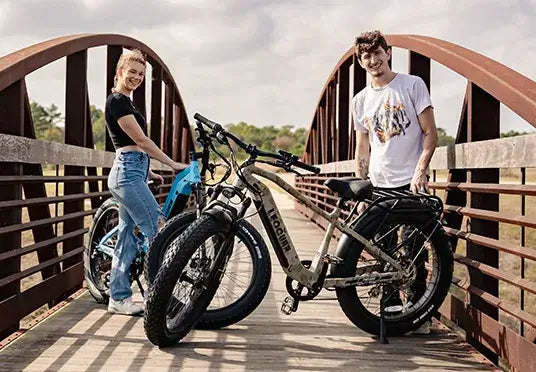
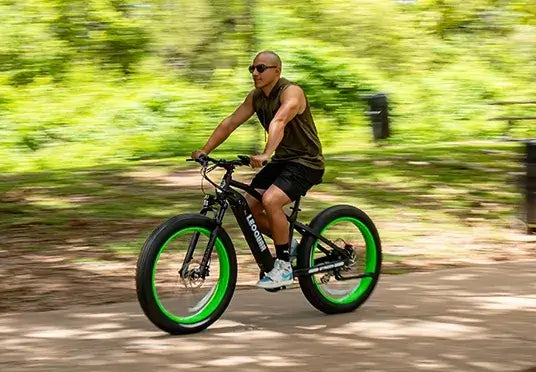
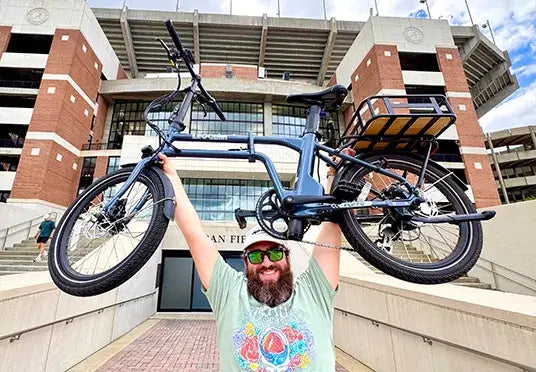
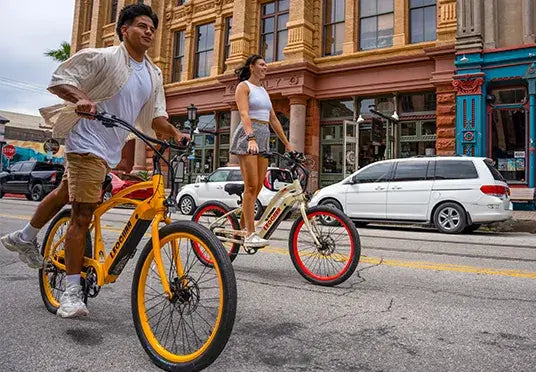
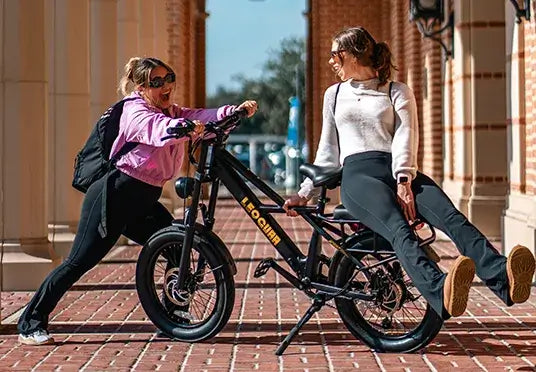
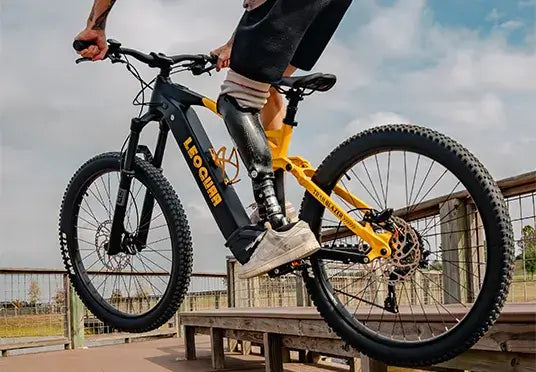































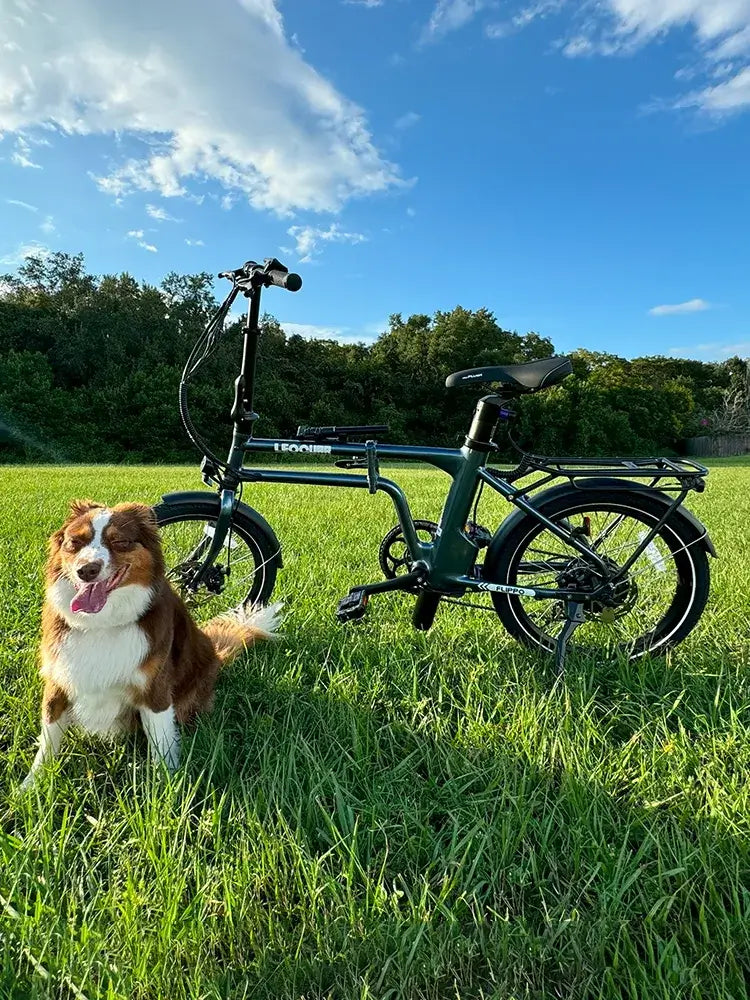










Leave a comment
Please note, comments must be approved before they are published.
This site is protected by hCaptcha and the hCaptcha Privacy Policy and Terms of Service apply.